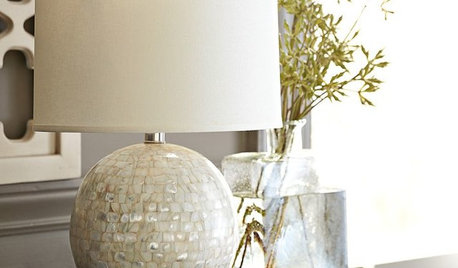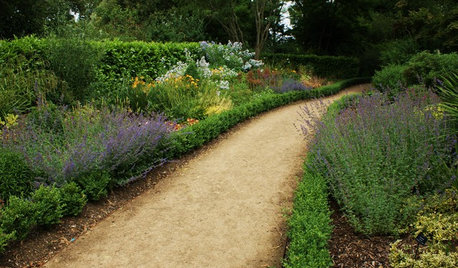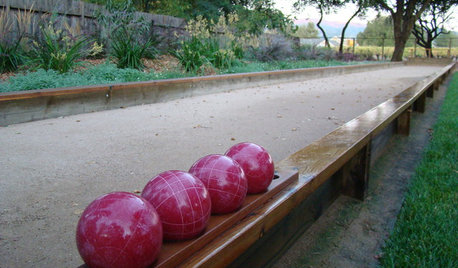Oyster shell in concrete or tufa
tufaenough
18 years ago
Featured Answer
Sort by:Oldest
Comments (37)
butterflybush
18 years agobrighteyes
18 years agoRelated Professionals
Manorville Landscape Architects & Landscape Designers · Winder Landscape Architects & Landscape Designers · Corona Landscape Contractors · Davis Landscape Contractors · Edwardsville Landscape Contractors · Fuquay-Varina Landscape Contractors · Hollywood Landscape Contractors · Lemay Landscape Contractors · Medford Landscape Contractors · Milford Landscape Contractors · New Cassel Landscape Contractors · Richmond Landscape Contractors · Streamwood Landscape Contractors · Thonotosassa Landscape Contractors · Westford Landscape Contractorsbutterflybush
18 years agorockyn
18 years agokobold
18 years agokobold
18 years agotufaenough
18 years agogottatufa
18 years agotango88
18 years agotufaenough
18 years agotango88
18 years agotufaenough
18 years agotango88
18 years agotufaenough
18 years agokobold
18 years agotango88
18 years agotufaenough
18 years agoRunning_Dog
18 years agowannadanc
18 years agotufaenough
18 years agoRunning_Dog
18 years agotufaenough
18 years agoRunning_Dog
18 years agoRunning_Dog
18 years agotufaenough
18 years agoclub_53
18 years agodgaroutte
18 years agokobold
18 years agoclub_53
18 years agotufaenough
18 years agobznmygarden
18 years agotufaenough
18 years agotufaenough
18 years agoMuddyMesaWoman
18 years agotufaenough
18 years agokobold
18 years ago
Related Stories

PRODUCT PICKSGuest Picks: Pearls Come Out of Their Shells at Home
Scatter these pearl-inspired pieces around for shine, elegance and more than a bit of glam
Full Story
DECORATING GUIDESGo for the Glow: Mother-of-Pearl Shines Around the Home
Illuminate your interior designs with ethereally iridescent mother-of-pearl tiles, flooring, accents and more
Full Story
HOUZZ TOURSMy Houzz: A Family Beach Retreat on the Gulf of Florida
Organic elements and casual coastal style rule in this bright and airy getaway
Full Story
LANDSCAPE DESIGN5 Gravel and Stone Types for a Rockin' Landscape
Give your garden design some textural bam with pebbles, granite, river rocks and other permeable materials
Full Story
FUN HOUZZEverything I Need to Know About Decorating I Learned from Downton Abbey
Mind your manors with these 10 decorating tips from the PBS series, returning on January 5
Full Story
EDIBLE GARDENSSummer Crops: How to Grow Tomatoes
Plant tomato seedlings in spring for one of the best tastes of summer, fresh from your backyard
Full Story
CONTEMPORARY HOMESHouzz Tour: A Noir Farmhouse in Napa
A new farmhouse in St. Helena blends modern and rustic with a big dose of bold
Full Story
GREAT HOME PROJECTSWhat to Know About Adding a Backyard Bocce Ball Court
A regulation court in a relaxed setting helps you get the most from the Italian pastime. Here's what it takes to build one at home
Full Story
HOUZZ TOURSHouzz Tour: From Summer Cottage to Full-Time Home
A retired NHL player and his family expand their former vacation home with a big addition and an interesting side-by-side design
Full Story
DECORATING GUIDESThe Case for In-Between Colors
These mutable hues defy easy description, but their appeal all around the home isn't hard to get
Full Story





butterflybush